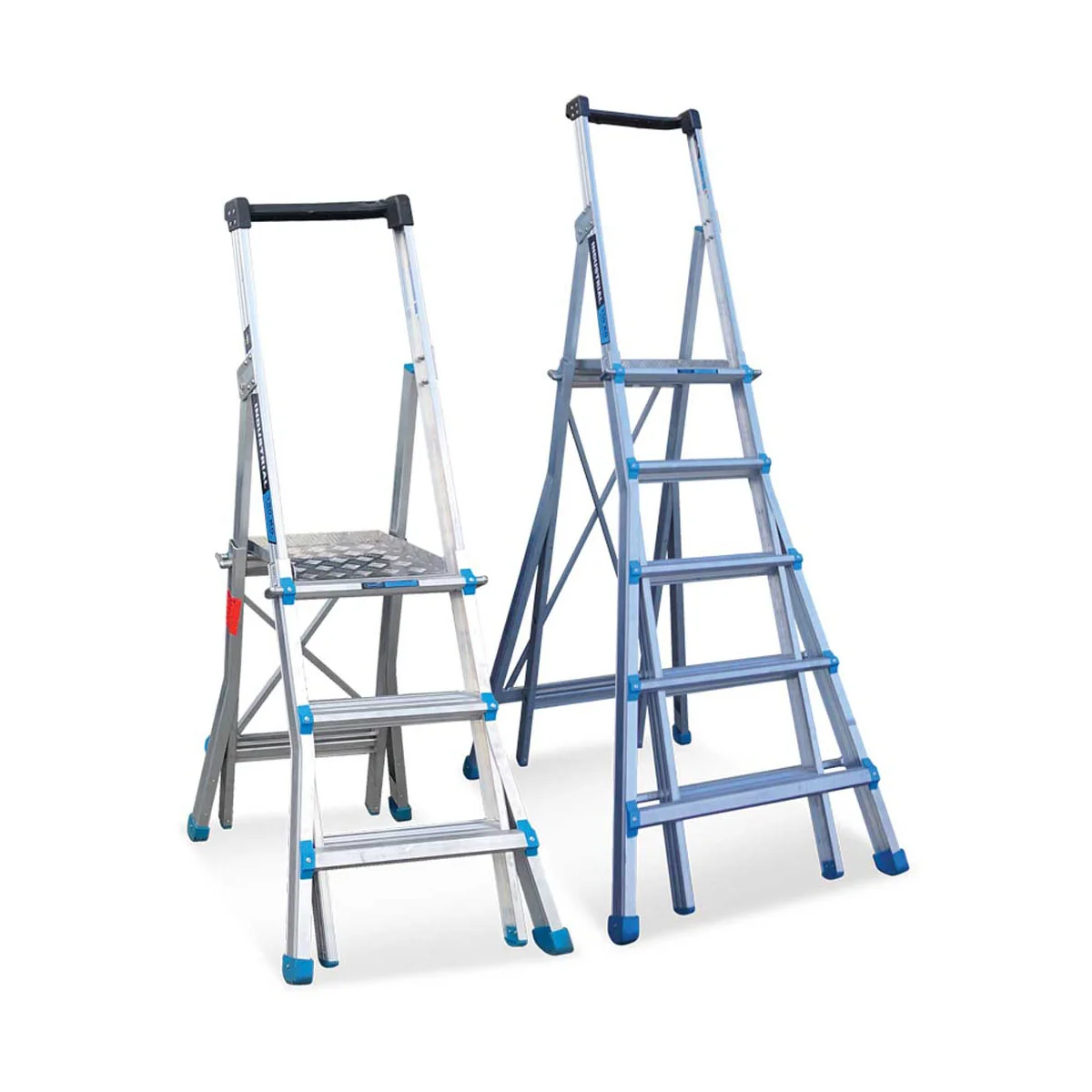New Zealand workplace safety has undergone a dramatic transformation in recent years, with platform ladders emerging as game-changing equipment that’s reducing accidents while boosting productivity across industries. From Christchurch manufacturing facilities to Auckland warehouses, businesses are discovering that investing in proper access equipment isn’t just about compliance – it’s about protecting their most valuable asset: their workforce.
The Sobering Reality of Ladder Accidents
New Zealand records hundreds of ladder-related workplace injuries annually, with traditional stepladders accounting for the majority of incidents. Workers lose balance, overreach, or attempt to carry materials while maintaining precarious positions on narrow steps. These accidents cost businesses thousands in ACC claims, lost productivity, and regulatory penalties that could be easily prevented.
Platform ladders address these risks by providing stable, spacious work surfaces that allow workers to focus on tasks rather than maintaining balance. The difference becomes immediately apparent when workers access high storage areas containing industrial plastic bins or perform maintenance tasks requiring tool use.
Productivity Gains That Impact the Bottom Line
Canterbury businesses using platform ladders report remarkable productivity improvements. Workers can carry tools, materials, and equipment onto the stable platform, eliminating constant up-and-down trips that waste time with traditional ladders. A Christchurch packaging company reduced their inventory management time by 35% after switching to platform ladders for accessing elevated industrial storage areas.
The stable platform enables workers to use both hands freely, whether they’re organizing industrial plastic bins, performing equipment maintenance, or handling materials. This capability proves particularly valuable in New Zealand warehouses where efficiency directly impacts competitiveness.
Meeting New Zealand’s Rigorous Safety Standards
New Zealand Health and Safety regulations emphasize risk elimination over risk management. Platform ladders represent a proactive approach to workplace safety that exceeds minimum compliance requirements. WorkSafe New Zealand increasingly expects businesses to demonstrate commitment to best-practice safety equipment.
Insurance providers recognize this commitment through reduced premiums for companies using advanced safety equipment. The cost savings often offset the initial investment in platform ladders within the first year of use.
Versatile Applications Across Industries
New Zealand’s diverse economy benefits from platform ladders across multiple sectors. Manufacturing facilities use them for equipment maintenance and quality control tasks. Warehouses rely on them for inventory management involving industrial plastic bins and elevated storage systems. Retail operations depend on them for stock management and display maintenance.
The agricultural sector, crucial to New Zealand’s economy, uses platform ladders for barn maintenance, equipment servicing, and storage management tasks that traditional ladders make dangerous or inefficient.
Worker Comfort and Fatigue Reduction
Extended work at height becomes sustainable with platform ladders. Workers experience less fatigue, reduced stress, and improved job satisfaction when using equipment that prioritizes their safety and comfort. This translates to better work quality, reduced turnover, and improved workplace culture.
The Investment That Pays Dividends
Companies like TeamSystems understand that platform ladders represent strategic investments in business sustainability. The combination of reduced accidents, improved productivity, and enhanced compliance creates value that far exceeds the initial equipment cost.The Investment That Pays Dividends
Platform ladders aren’t just changing how New Zealand businesses approach elevated work – they’re revolutionizing workplace safety culture while delivering measurable operational improvements that strengthen competitive positioning in demanding markets.



